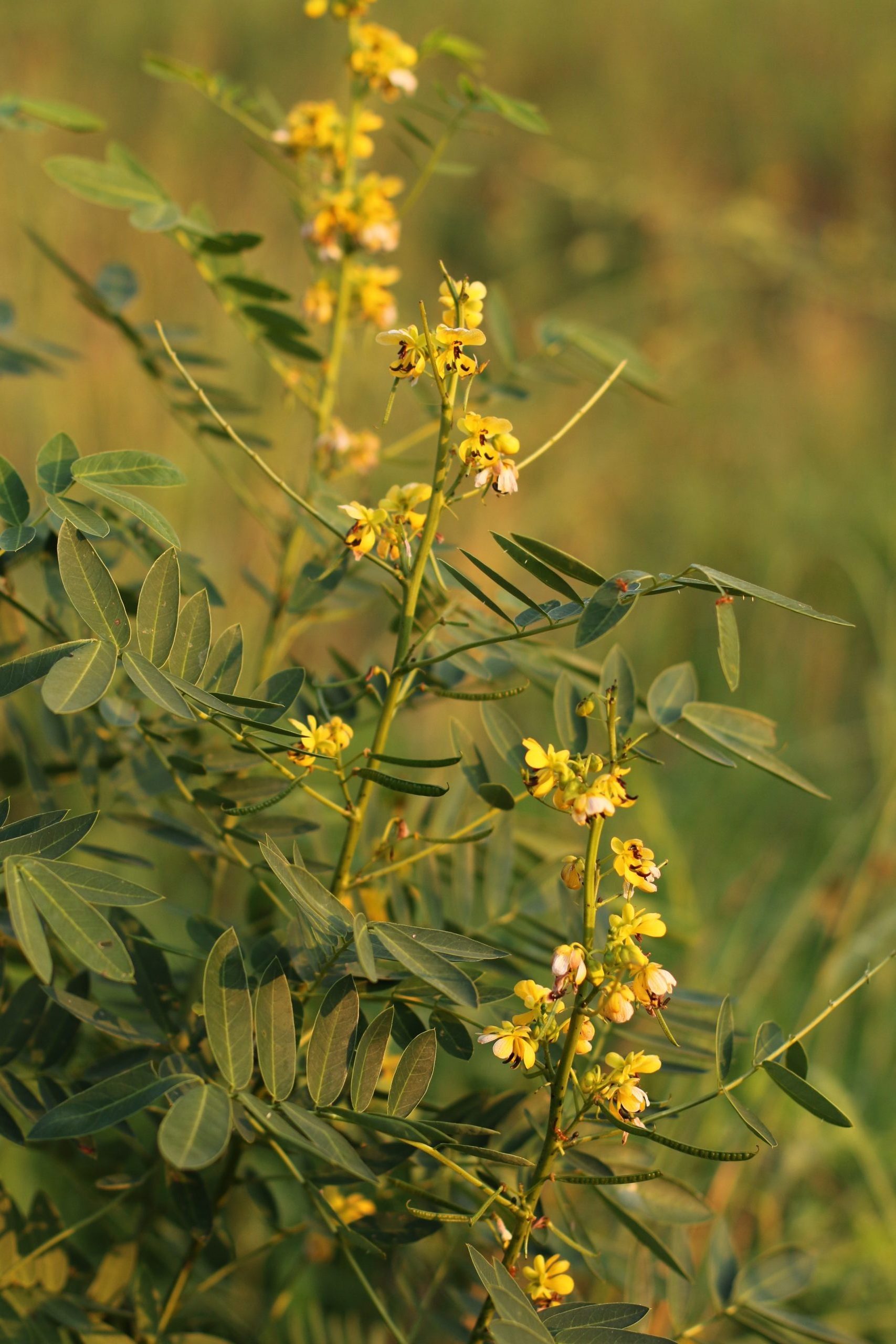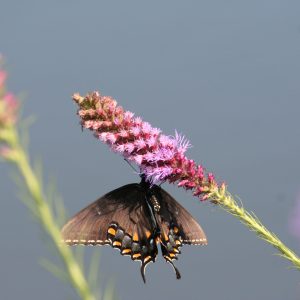Wild Senna
Senna marilandica
Eaten by caterpillars of sleepy orange and silver-spotted skipper butterflies; seeds eaten by wildlife
$3.00 – $69.00
For quantity discount pricing, request a quote.
Description
Senna marilandica, commonly known as Wild Senna or Maryland Senna, is a native perennial legume with yellow blooms. It typically occurs in open woods and wet meadows and grows 4-6′ tall.
Wildlife notes
The flowers are cross-pollinated by bumblebees, which collect pollen from the flowers. The extra-floral nectaries attract ants and occasionally flies, which feed on the nectar. The foliage of Maryland Senna and the closely related Senna hebecarpa is consumed by caterpillars of the butterflies Sleepy Orange, Orange-barred Sulfur) and Cloudless Sulfur. The foliage is also eaten by the caterpillars ofSilver-Spotted Skipper and Black Witch, while the flowers are eaten by caterpillars of the polyphagous moth, Common Tan Wave. Because the foliage is somewhat toxic and cathartic, it is usually avoided by White-Tailed Deer and other mammalian herbivores.
Forage notes
Wild Senna has a fair palatability rating for livestock.
Landscaping notes
Best grown in medium moisture, well-drained, sandy or clay soils in full sun. Tolerates heat and humidity. Tall plant makes an interesting accent for borders rears, cottage, wildflower or native plant gardens. Sometimes cultivated in gardens as a low-maintenance ornamental for its attractive foliage and flowers and its interesting seed pods. The root system does not add nitrogen to the soil, unlike many species in the closely related Bean family (Fabaceae). This tall flowering plant is easy to cultivate in gardens.
Restoration notes
Grows on banks of streams and rivers, soughs, bottomland and upland prairies, bottomland forests, rich upland forests, bases, ledges, and tops of bluffs, glades, and savannas; also pastures, old fields, fallow fields, roadsides, and open, disturbed areas. Populations of this species appear to be declining. In wooded natural areas, some disturbance is required to reduce competition from trees and shrubs.
Additional information
| Weight | N/A |
|---|---|
| Unit | Packet, Ounce, Pound |
| Light | Full Sun to Part Shade |
| Seeding Rate | 16 bulk lbs/acre |
| Soils | Dry, Average, Moist |
| Height | 36"-48" |
| Bloom Month | Jul, Aug |
| Color | Yellow |
| Specialty Uses | Edible, Medicinal, Tea |
| # seeds/pkt | 200 |
| Packet coverage area | 5 sq. ft |
| Life Cycle | Perennial |


